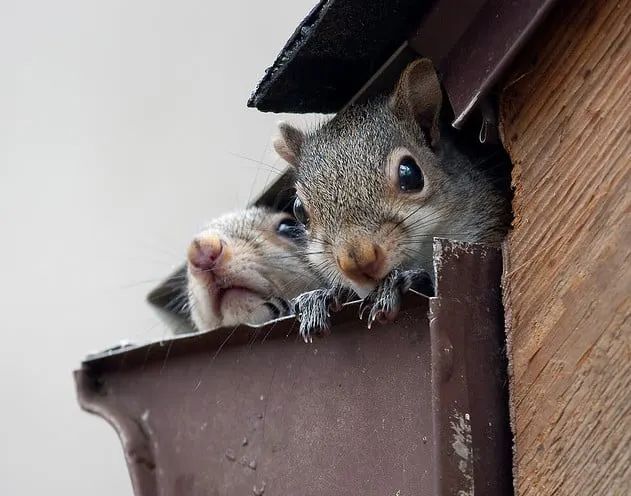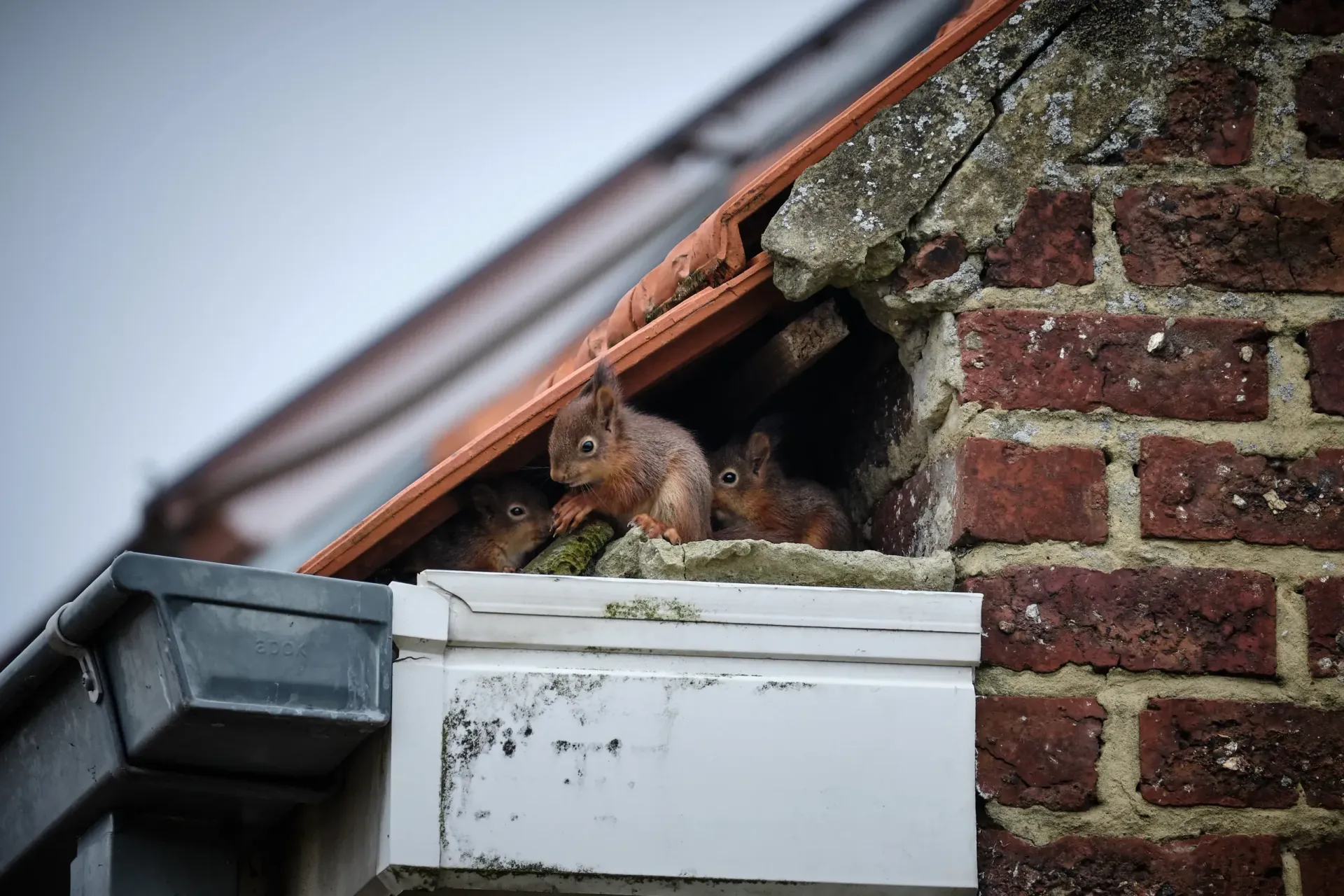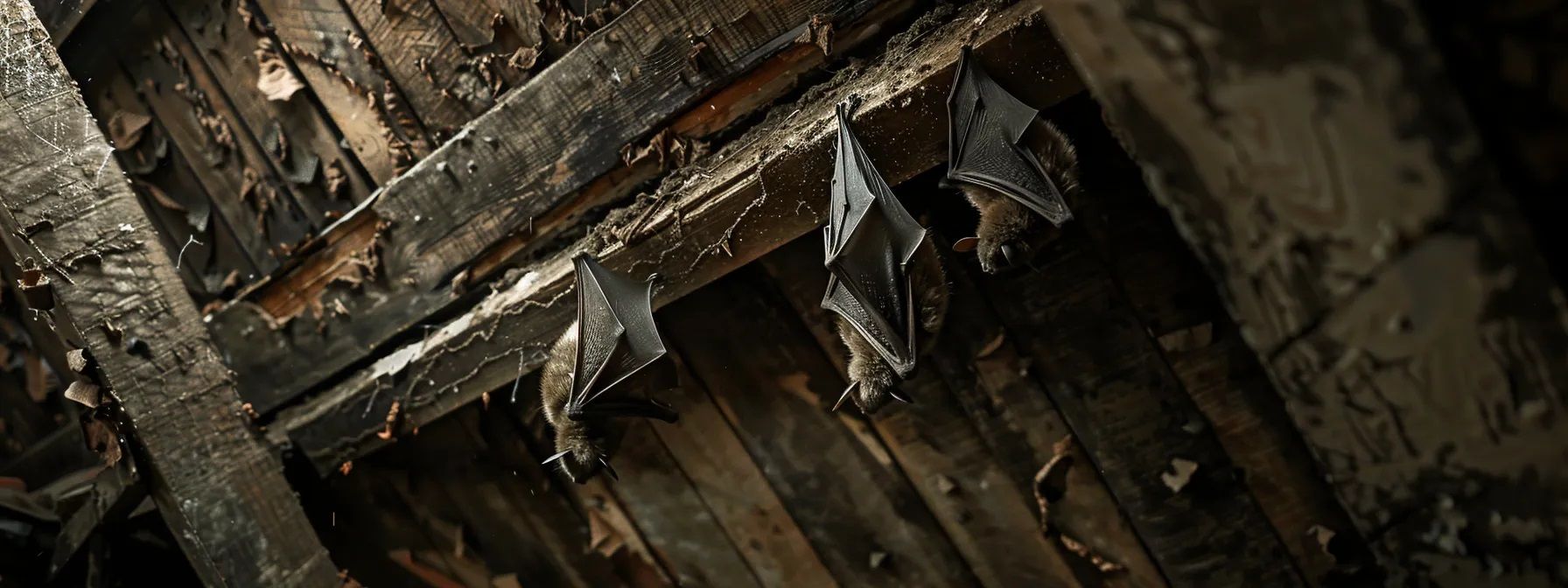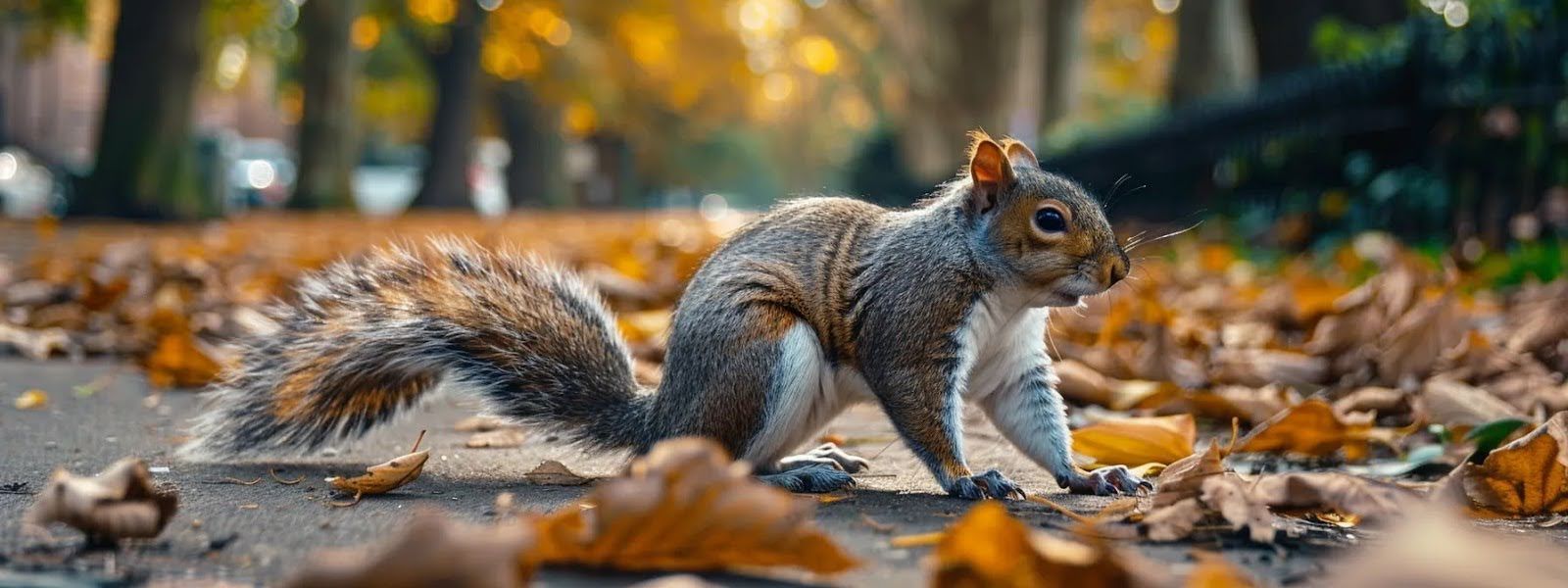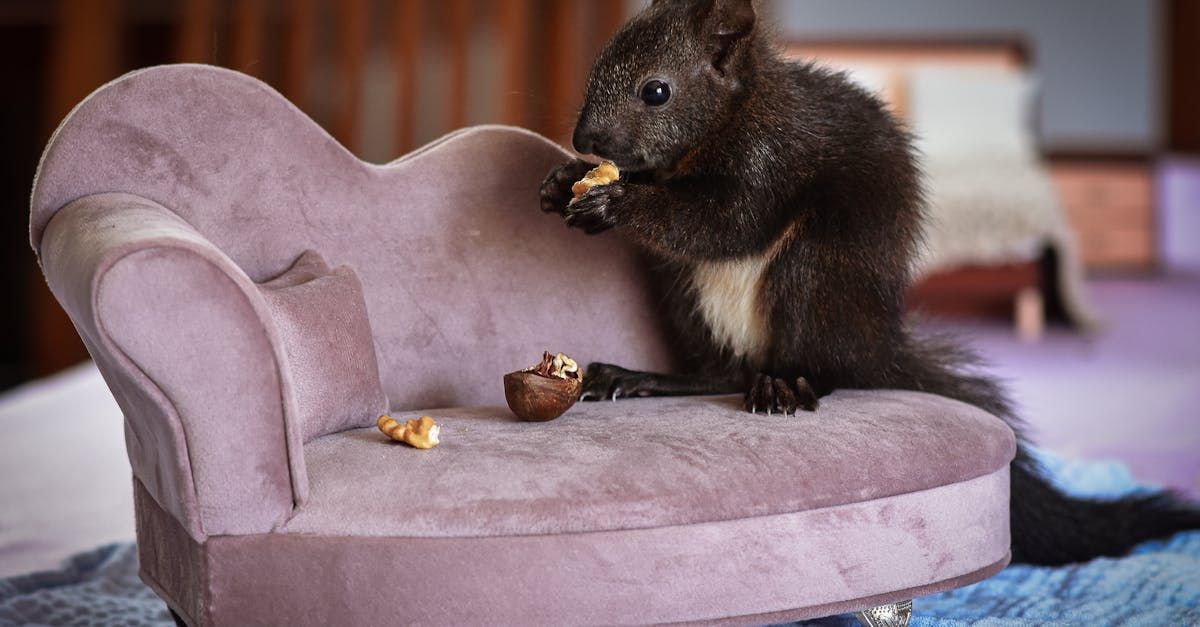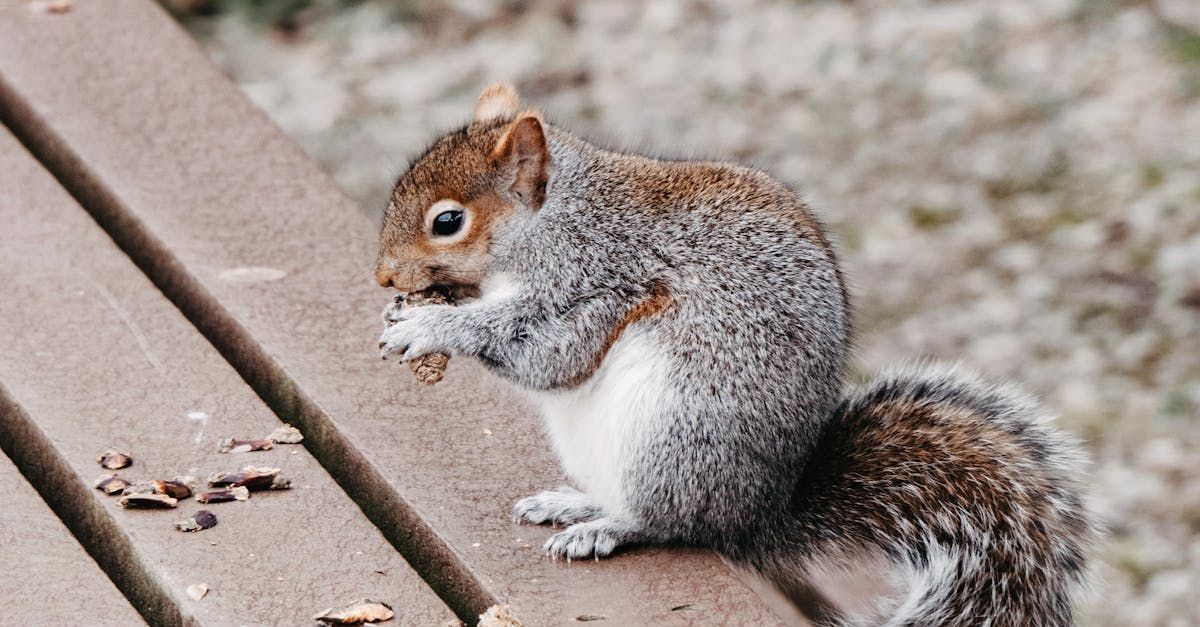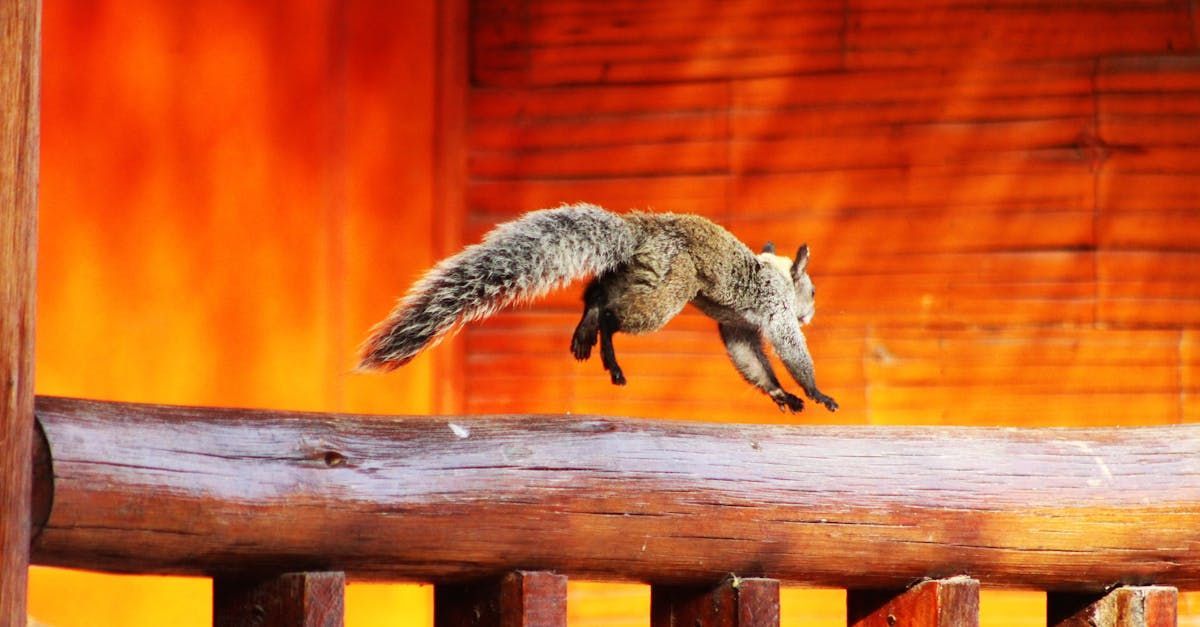Bat in the Attic? Here’s What to Do Immediately
When you hear strange rustling above your ceiling at night, it’s understandable to feel both worried and uncertain about what to do. Bat removal isn’t as simple as getting rid of other pests due to health risks, legal protections for bats, and their importance to our ecosystem.
But don’t worry!
We’re here to guide you through every step. In this post, you’ll learn how to manage this wildlife situation safely, who to call, and what to avoid. With the right approach, you can address your bat issue effectively.
Why Are Bats in Your Attic?
Bats, including the Big Brown Bat (Eptesicus fuscus), find attics attractive because they offer a quiet, undisturbed space away from predators and weather, making it an ideal habitat. The warmth inside also helps them during cooler months, their hibernation period. But while bats don’t mean harm, having them in your attic can be problematic, especially if they’ve started to nest there.
Long-Term Risks of Bats in the Attic
- Health Risks: Bats can carry diseases like rabies and histoplasmosis, a fungal infection from bat droppings or guano. Additionally, they can host ticks, which could lead to various illnesses.
- Structural Damage: Over time, droppings can corrode wood and drywall, weakening your home’s structure.
- Odor Issues: Bat droppings have a strong, unpleasant odor that worsens with time and may attract other pests. Additionally, urine from bats can create persistent smells that are difficult to eliminate.
Step One: Stay Calm and Avoid Contact
The first rule of encountering bats in your home is to avoid any direct contact. Bats rarely pose immediate harm, but touching them can put you at risk. Here’s what to do immediately:
- Don’t Try to Catch or Touch the Bats: Even if they seem harmless, bats may carry diseases. Leave them alone and keep your distance.
- Keep Pets and Kids Away: Animals and children may try to approach bats out of curiosity, so restrict access to the attic.
- Avoid Sealing Exits Right Away: Blocking off exits before all bats are out could trap them inside, which could worsen the problem.
What Not to Do
Mistakes when dealing with bats can complicate removal and cause additional stress. Here are some key things to avoid:
- Don’t Use Poisons or Traps: Not only is it inhumane, but it’s also illegal in Georgia to harm bats.
- Don’t Panic and Open All Doors or Windows: This could lead bats to scatter throughout the house, including the basement.
- Avoid DIY Solutions: Bat removal requires specific skills and equipment. Attempting it yourself can be ineffective and risky.
Step Two: Identify Entry Points
To successfully remove bats, it’s crucial to find out how they’re entering. This step is essential in ensuring they don’t return after removal. Common bat entry points include:
- Gaps in Roof Shingles: Bats can squeeze into surprisingly small spaces.
- Unsealed Vents: Check attic vents, as they often provide easy access.
- Cracks Near the Chimney: Many homeowners overlook chimney cracks, which can be an open invitation to bats.
How to Safely Check for Entry Points
Conduct a visual inspection during the day when bats are least active. Look for small openings, droppings near walls, or greasy marks around entry points.
Step Three: Contact a Bat Removal Specialist
Removing bats isn’t like handling rodents or insects. Bat removal specialists use methods that protect both you and the bats, respecting their role in the ecosystem. Here’s what to expect when you call a professional:
- Inspection: Specialists will examine your attic, identifying how many bats are present and pinpointing entry points.
- Exclusion Methods: Experts use humane one-way exit devices that allow bats to leave but not re-enter. This is an essential step, as it clears the attic without trapping any bats inside.
- Cleaning and Sanitizing: Bat droppings or guano must be removed carefully to prevent health hazards. Professionals use specialized cleaning products to sanitize the area.
Tip: Choose a licensed, insured bat removal professional with experience in metro Atlanta or nearby areas to ensure the process is smooth and legal.
Step Four: Bat-Proof Your Home
Bat-proofing prevents future infestations. After the bats are out, professionals can help you seal off any entry points. Here’s a breakdown of what this involves:
- Sealing Small Gaps and Cracks: Professionals use bat-safe sealants for small gaps to prevent bats from squeezing in.
- Installing Chimney Caps and Vent Covers: These devices protect open vents while allowing airflow, preventing bats from entering.
- Adding Screening to Roof Vents: Screened roof vents add an extra layer of protection without affecting ventilation.
Long-Term Bat Prevention Tips
While professional bat-proofing is key, there are some things you can do to discourage bats from returning:
- Keep Exterior Lights Off at Night: Insects attracted to lights can draw bats closer to your home.
- Trim Trees Near the Roof: Bats may use branches close to your roof as an easy pathway to your attic.
When to Remove Bats
Different bat species have varying migration and reproduction patterns. Many areas in the United States restrict bat removal during maternity seasons, which usually last from late spring to early summer. If young bats are present, they can’t fly out on their own, which is why professional guidance is so important.
FAQs About Bat in the Attic
What Are the Health Risks of Bat Droppings?
Bat droppings can carry the fungus Histoplasma, which may cause respiratory issues. Inhaling spores from dried droppings can lead to histoplasmosis, a potentially serious respiratory infection.
Is Bat Removal Expensive?
Costs vary based on factors like the extent of the infestation and the methods used for exclusion and bat-proofing. For the safest and most efficient approach, hiring a Cumming bat removal professional is worth the investment.
Why Can’t I Just Seal the Bats Inside?
Sealing bats inside not only harms them but could also lead to decomposition issues if bats perish in your attic. Trapping bats inside creates health hazards and worsens the situation.
Conclusion
Discovering bats in your attic can be alarming, but taking the right steps will lead to a quick, effective resolution.
By understanding bat behavior, avoiding direct contact, and calling a professional, you’ll handle the situation safely. Once the bats are gone, bat-proofing ensures your attic stays bat-free. And if the process feels overwhelming, Catch A Critter is here to help.
We provide reliable, humane bat removal services that prioritize both your safety and the well-being of these mammals.
Reach out to us today and reclaim your attic with peace of mind.
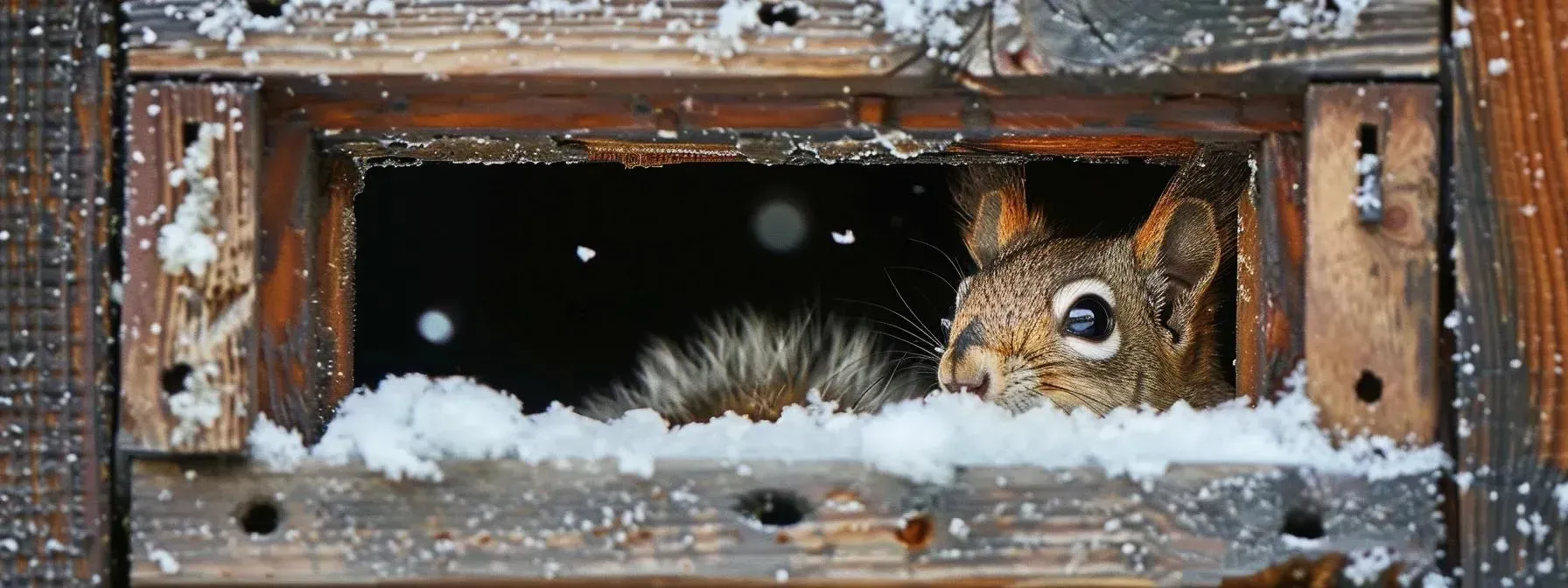

Slide title
Write your caption hereButton
Business Hours
- Mon - Sat
- -
- Sunday
- Closed
Proudly Serving Forsyth County, Gwinnett County, Fulton County, and Dawson County
All Rights Reserved | Catch A Critter



